
Africa – Our first home. There are so many things to say, and a lot to write about. From north to south, it is a colour rendezvous, a cultural mosaic, a wonder of nature. Discovering the oldest settlement and meeting the youngest population of the world is the biggest thrill!
Are you ready? We’re exploring Southern Africa today! We have listed everything you need to see in every country (oh boy – every country). With so much to tell, we give a short introduction to each stop. Check your free time. Check your funds. Read our suggestions and start planning your trip! Remember, you can save time by traveling between cities and countries with very affordable airfare prices in Africa!
*Suggested budgets are excluding flight costs and figures estimated by eating 1-2 meals a day from street food vendors and staying in hostels. You can revise it according to your own travel habits.
South Africa
1 Month (Budget $1500)
Visa: Required
Currency: ZAR
Accomodation: $300
Food: $400
Activity: $800
Traveling between countries is very exciting, but if you do not have a lot of time for your trip, we do not recommend a fast transit between countries in massive Africa. If you’re interested in surfing, or want to experience a safari, or rivers and falls are your biggest passion, then South Africa, the pearl of the continent, is for you.
It’s almost impossible to put into words how unique this country is. A blend of Western and African life, with an impressive amount of unique adventures to experience, South Africa will keep you busy for the entire month. A backpackers dream; let’s jump right in!
South Africa is a giant country with 9 regions (known as provinces). Pretoria is its official capital; however, the business capital is Johannesburg, with Cape Town being the leisure capital. Flying into the business capital will always be cheaper, creating a decent starting point.
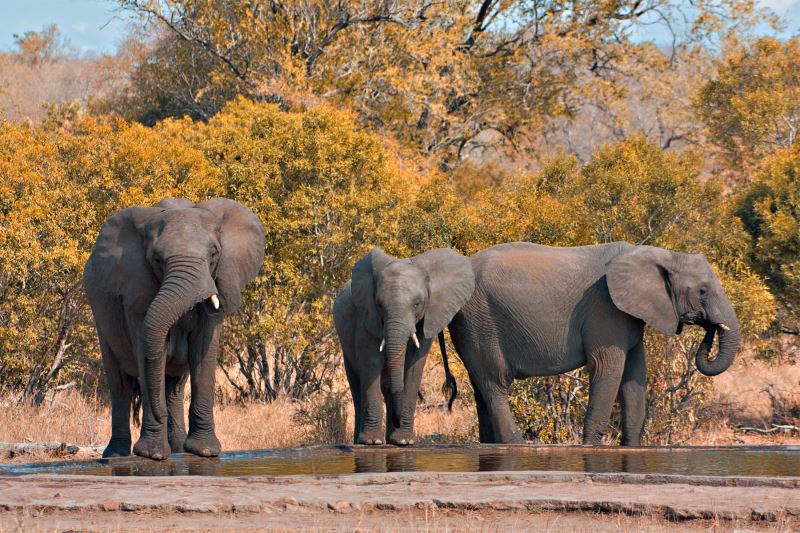
The Kruger National Park, home to the ‘Big 5’, is a short drive from the airport, and we’ve set aside 2-3 days for this safari like no other. Renting a car for safari works out to be the most economical for your budget. There are many alternatives for transportation in the city. Uber, trains, busses, or any other of the usual transport methods all run like clockwork in Johannesburg.
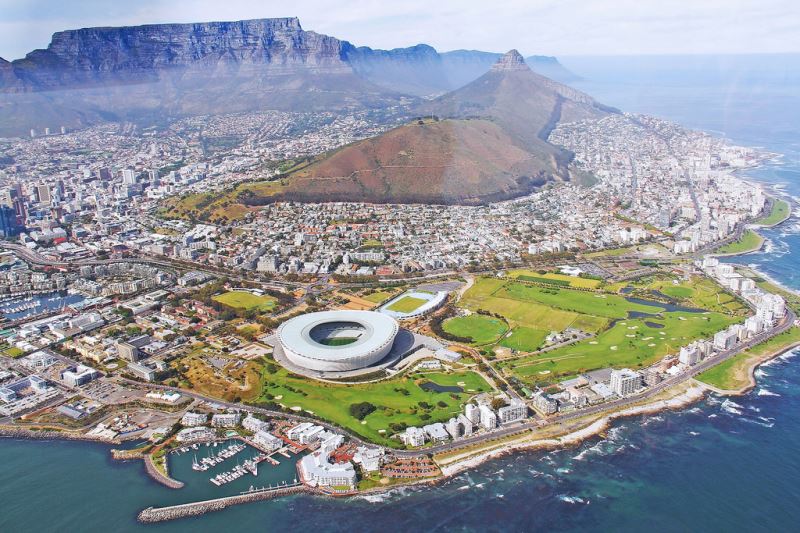
Cape Town may be known as the lazy city, but don’t let this fool you; there are tons of activities to enjoy in the Mother City. Sprawled with dozens of backpacker hostels to choose from – if you’re interested in the city life, or if you have an active outdoorsy holiday planned – whatever your heart desires, Cape Town has you covered. The transport system in Africa sometimes leaves a lot to be desired, however, Cape Town have made every effort to keep up with other major cities in the world. The introduction of the MyCiti bus service which has provided a safer and affordable alternative to the city’s railway; bus; cab and minibus taxi service, has made it much easier to travel into the city. Uber has also become extremely popular, and is your best bet for getting around.
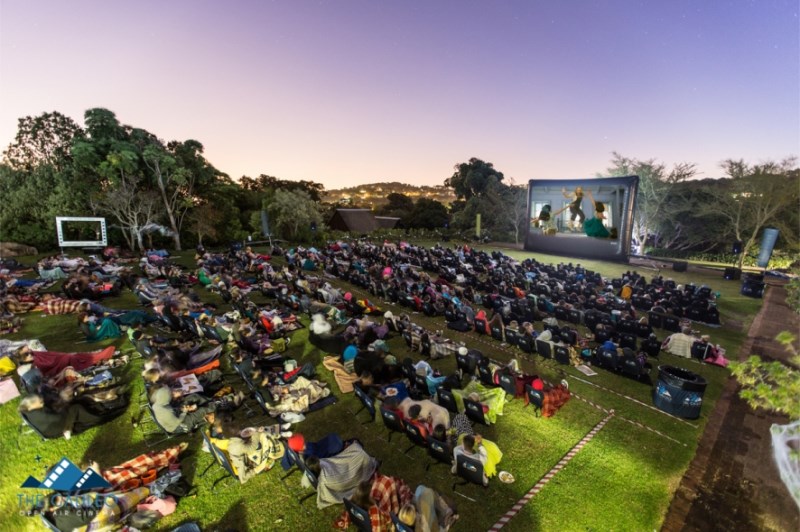
Climb up the giant Table Mountain, and head out to enjoy the lively nightlife afterwards. Watch nostalgic movies in the open air cinema while picnicking at Kirstenbosch National Botanical Gardens. Festivals, markets, 2nd hand markets, street artists … This city is the heart of street culture in South Africa.
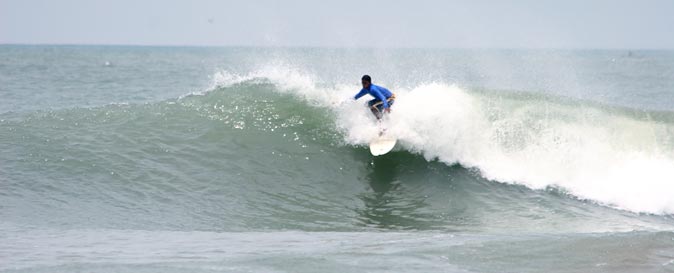
If you want to learn to surf, spend a week in one of the surf schools in Muizenberg. Shark cage dive, go to Cape of Good Hope (the southern tip of Africa), watch the baboons, swim with penguins at Boulder’s Beach. The possibilities are endless.
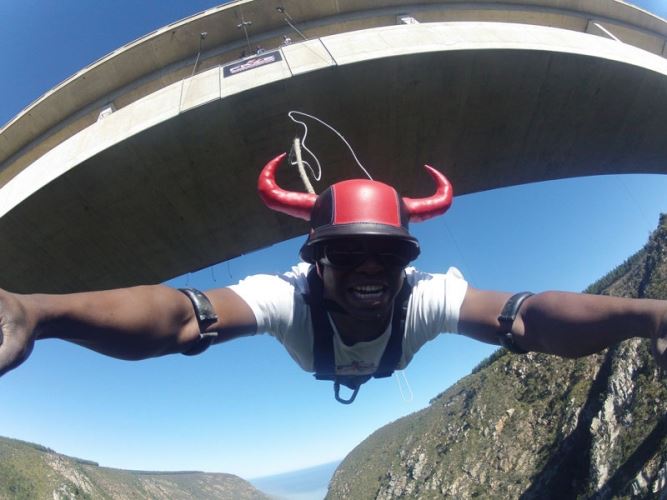

If you have enough time, visit the beautiful coasts of Africa on the Garden Route. You can see the incredible nature and bays of South Africa with a single Baz Bus ticket, or you can find travellers like yourself and rent a car with them. You can even go to the highest bungee-jump bridge in the world, if you’re an adrenaline junkie.
Of course it is very difficult, almost impossible, to do all of these things. It’s better for you to choose the best option for you. Why not check out this article, for some inspiration too?
That’s South Africa, jump on a plane, it’s time for a journey to Namibia!
Namibia and Botswana
15 Days (Budget $950)
Accomodation: $250
Food: $300
Activity: $400
A month of travel in South Africa was nice, but now it’s time for Namibia and Botswana. With accommodation being slightly more expensive than South Africa, we look to the cheaper activities to make up for it.
Namibia
Visa: Not required for 90 days
Currency: Namibian Dollar
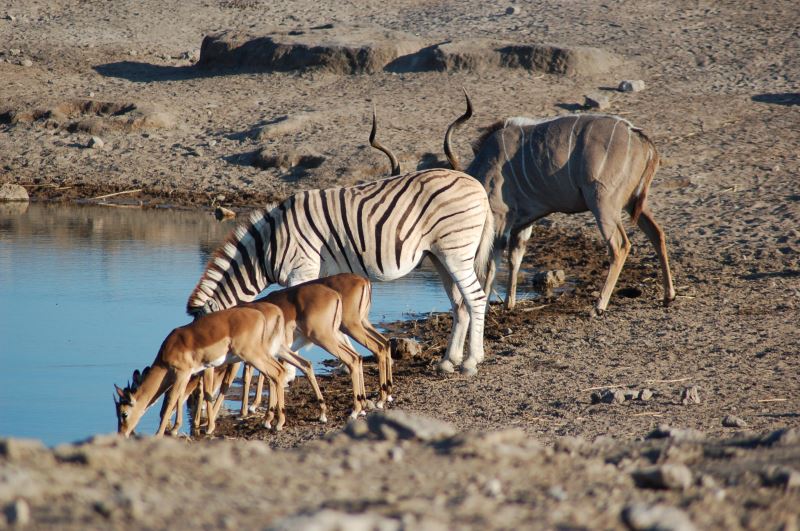
Namibia welcomes you with a population of 2 million and a giant desert. If you like the desert, extend your stay and explore what this part of the world has to offer. If you decided to skip the Kruger National Park in Johannesburg, we recommend you go to Etosha National Park, which is in the north of the capital Windhoek. You can visit this park by hiring a car or by joining tour groups. It would be useful to add that individual tours will be on the expensive side.
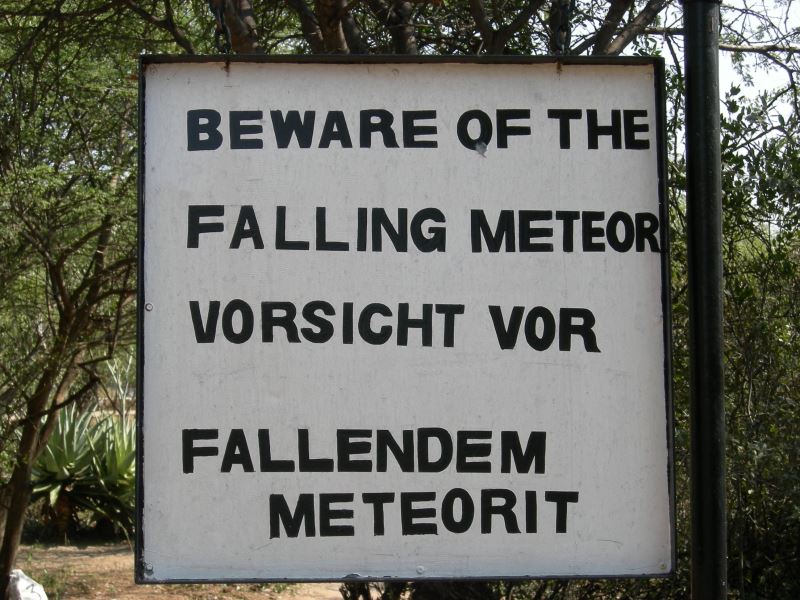
Something for our science fanatics is that the world’s largest meteor was found in Namibia in 1920: the Hoba Meteorite, which weighs 60 tons. You can add this as a highlight to your Etosha visit as well. After your adventures in the north, it’s time to experience the desert!
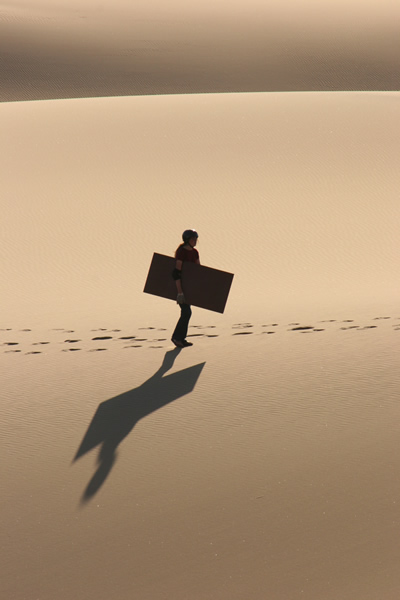
The coastal dunes are perfect for sandboarding, with routes for riders of all skill levels. So whether you’re doing backflips, or simply sliding down on your bum, this is an adventure of a life time. Ever wanted to take a fun photo on the horizon, with you holding a car in your hand, or pretending to crush a group of people with your foot? The Namib desert is perfect for some perspective photography!
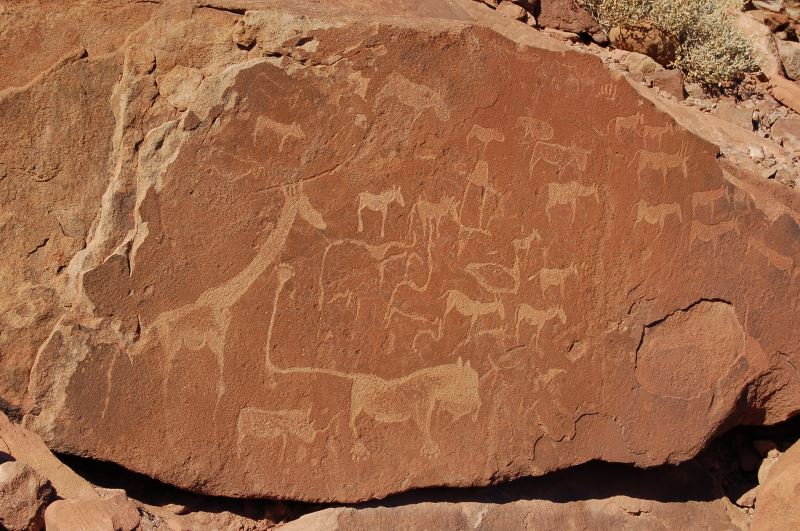
This unique land is also one of the world’s first rock-painting sites. Twyfelfontein, a world heritage site, plays host to the first paintings of hunter-gatherers.
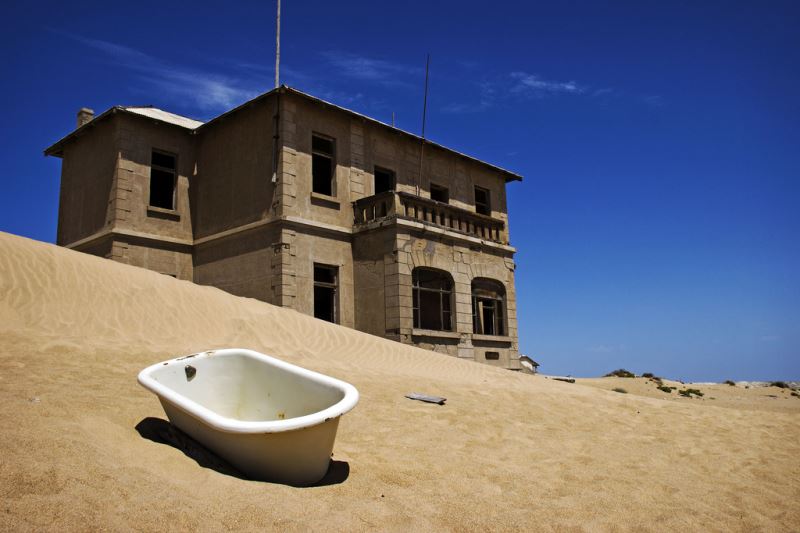
If you have time, pop in at Kolmanskop Ghost Town, towards the south of Namibia; a very photographic place that has been abandoned, and covered in sand since1954.
Now, Botswana get ready for us!
Botswana
Visa: Not required for 90 days
Currency: Botswana Pula
Botswana is a long vertical country bordered by many, protected natural parks. A bus into Botswana takes a fair chunk of time, we therefore recommend flying in. The capital city of Gaborone is located in the southern part of the country, and if you want to experience the city life and shopping centres, you can start your journey here but the country really starts getting interesting in the north. As it’s a short stay we recommend heading straight to Maun City, home to the Okavango Delta.

The city of Maun is home to many expats, and provides a dozen of ‘game reserve’ options. It’s the perfect destination for luxury safari lovers. We call it luxury, but you by no means need to be luxurious to see the giant delta. Tickets are readily available in the city centre, where you can hire a car to the Okavango Nature Park, and spend the most memorable day of your life on Boro Lake. Wind your way down the lake in long-thin canoes, and witness the lazy crocs and hippos in their natural habitat. A quiet calm temple which has nothing but reeds and lotus flowers as company, will make you feel like you’re in a dream. As with all natural wonders, you need to remember that timing is crucial. The Delta flows at certain times of the year, so line up your trip accordingly. After completing your mission, go further north to Kasane, a town in Botswana, close to Africa’s ‘Four Corners’, where four countries almost meet: Botswana, Namibia, Zambia and Zimbabwe.
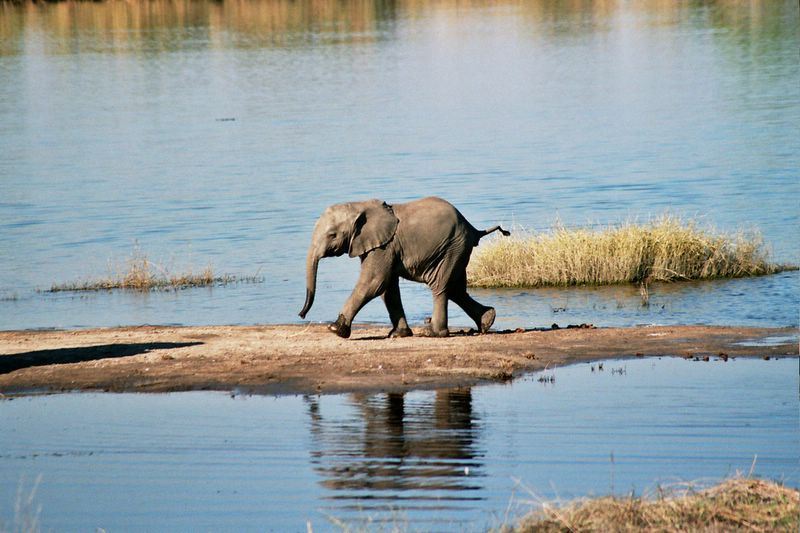
If you’ve not managed to head out on safari in South Africa or Namibia, never fear, Chobe National Park is waiting for you in all its glory! You can join one of the game drives or safari boats, and get the chance to see 4 out of 5 big animals in Africa. Such is the respect for animals that you might see Wild Pigs wondering the streets, or you might have to honk your horn to ask the Kudus to let you through. Botswana, you have our heart!
The Delta behind us, it’s time to hop on the first plane or ferry and head to Zambia.
Zambia, Zimbabwe and Mozambique
1 Month (Budget $1000)
Accommodation: $300
Food: $400
Activity: $300
Zambia, Zimbabwe and Mozambique are the last stops in our tour of Southern Africa and thanks to the Zambezi River, travel is fun and straight forward to start. Our recommendation is to spend one week in each of Zambia and Zimbabwe, before taking yourselves to Mozambique for 15 days.
Zambia
Visa: Not required for 90 days
Currency: Zambian Kwacha
As one dream ends, another begins. Livingstone is undoubtedly the place to stay in Zambia. The northern border of Victoria Falls, this small city does not allow for boredom with its handcraft markets, bars and backpacker hostels and activities around every corner. Victoria Falls National Park, as you can imagine, is the first thing on every to-do list. This park was chosen by CNN as one of the World’s 7 wonders; the tallest waterfall in the world, named by Livingstone after the Queen Victoria of England. Mosi-oa-Tunya, or, ‘The Smoke That Thunders’ (the original name given to these Falls), is a UNESCO World Heritage site. We recommend you book a full day to visit the park enjoying EVERY.SINGLE.VIEWPOINT.
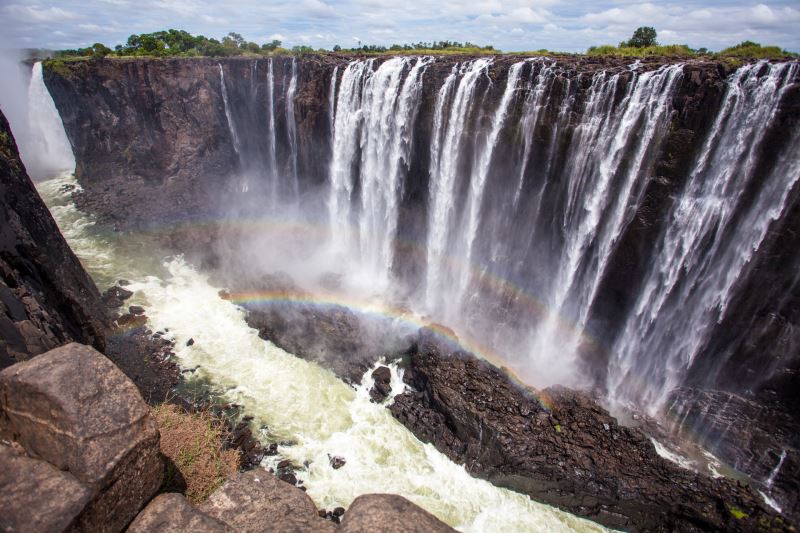
There is a natural pool that has perhaps become more famous than the waterfall itself; Devil’s Pool. If you’re travelling between September and January, the water level falls beneath a certain level and a natural pool is formed, a casual, 104 meters high. It is imperative to go with a guide to swim in this very unlikely pool, but the terrific landscape you see and the adrenalin you feel makes it well worth it.
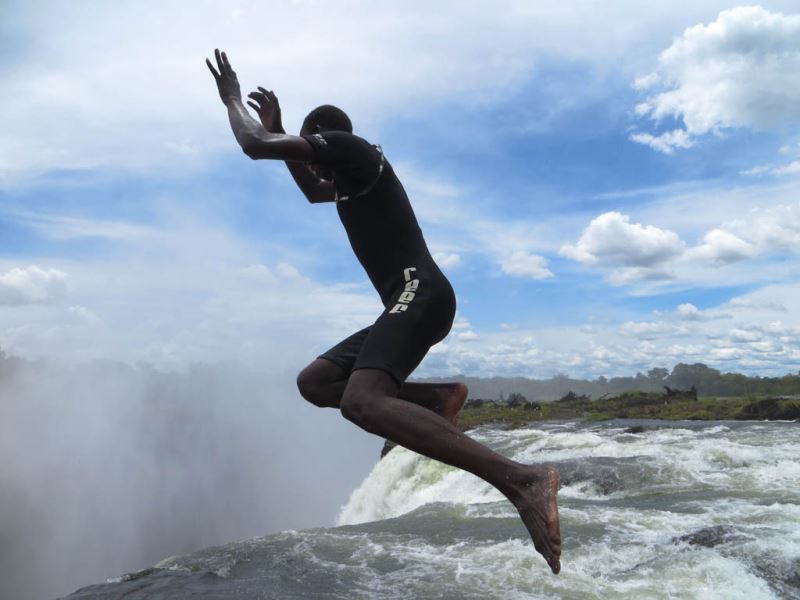
Livingstone also offers more than just the waterfall. Safaris, walks with rescued cheetahs and tigers, historical museums, extreme sports – the only thing you don’t have to worry about in Zambia will be finding an activity to keep you busy.
The crazy adventures do not end here, let’s have a look at the other part of the coast; Zimbabwe.
Zimbabwe
Visa: Not required for 90 days
Currency: The South African Rand, Botswana pula, Pound Sterling, Euro, The United States dollar are now regularly used.
You can go from Zambia to Zimbabwe by foot or taxi. The superb view of the valley and the Bungee Jumping station slap bang in the middle makes for a very exciting walking experience. If you do not use a taxi, you will encounter many drivers on the road volunteering to zoot you across borders on a bike for the price of only one dollar. We would suggest you pass these up and enjoy the scenic route as you slowly amble across.
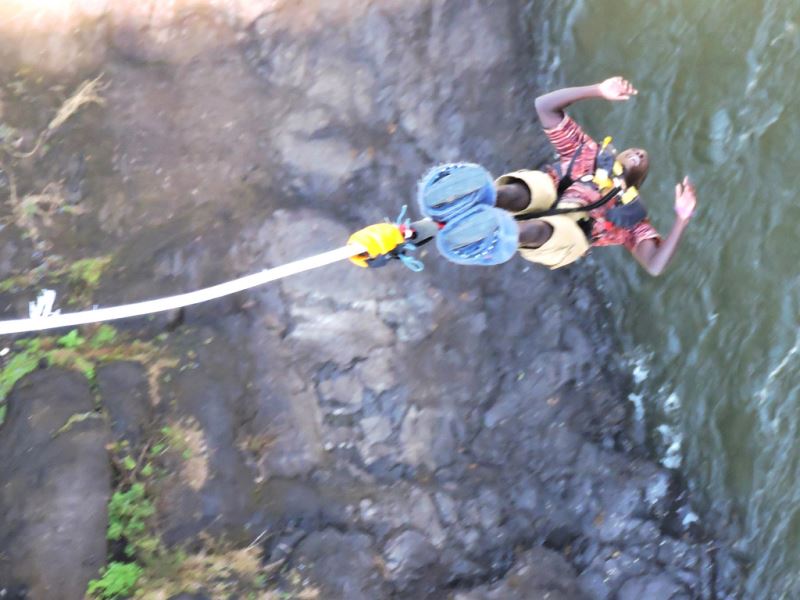
Once through the Zimbabwe border, you enter the welcoming city of Victoria Falls sharing its name with the natural park. Here there are plenty of backpacker hostels, each adding their own brand of uniqueness to the city. You can withdraw dollars from ATMs in the country and use them for shopping. You can use a taxi for transportation, but what kind of activities are we in for?
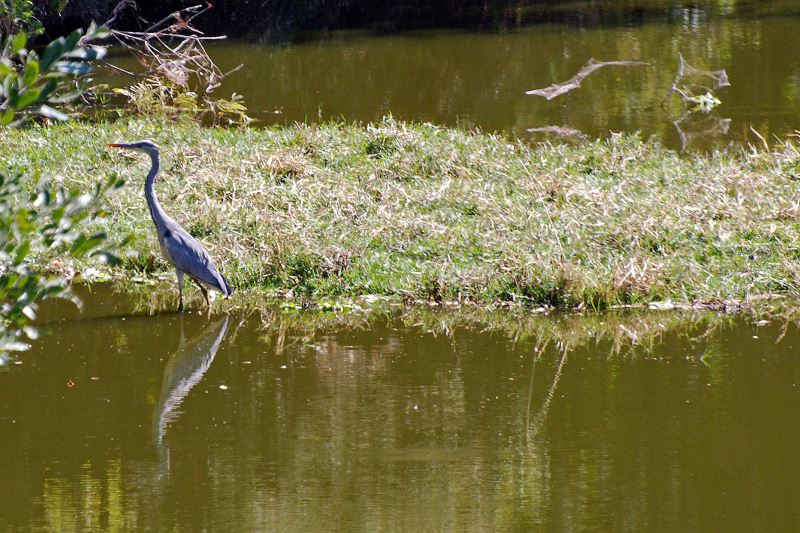
As the city is the southern border of Victoria Falls, it’s not an option to miss out on the National Park again. A completely different perspective, with many viewpoints, where you get to experience the refreshing droplets from the massive Falls. Throughout the park, you often encounter wild animals that are not dangerous at all.
Zimbabwe, like other African cities, has natural parks all across the land. Hwange, Matobo, Nyanga are high up on the must-see list if you have time, but it’s clear that this country’s heart is Victoria Falls.
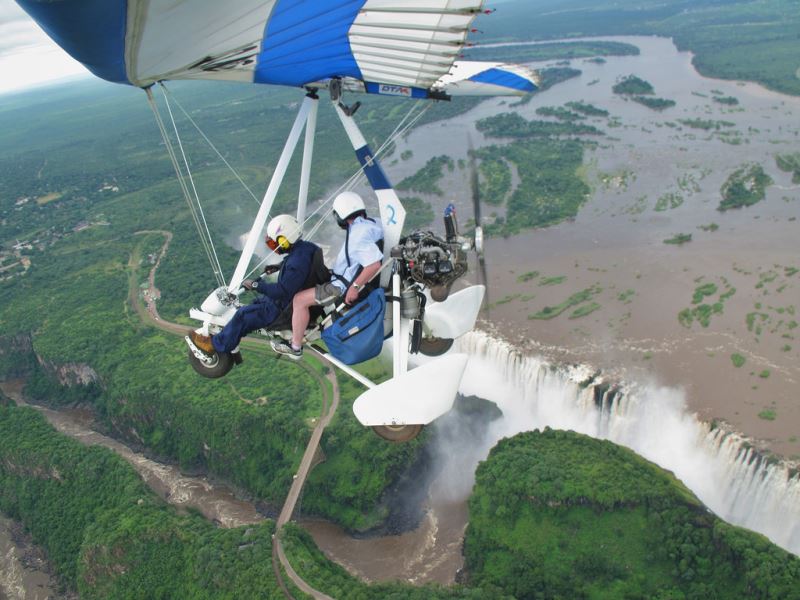
The Zambezi River is not only a border; it is also an endless activity space for adventurers. You can cross the river by body board, rafting, or kayaking. You can watch the river and the waterfall by helicopter or microlight flights. Anything and everything is on offer here. Get your adventure pants on.
Now, it’s time for the last stop, Mozambique.
Mozambique
Visa: On arrival for 30 days
Currency: Mozambican Metical
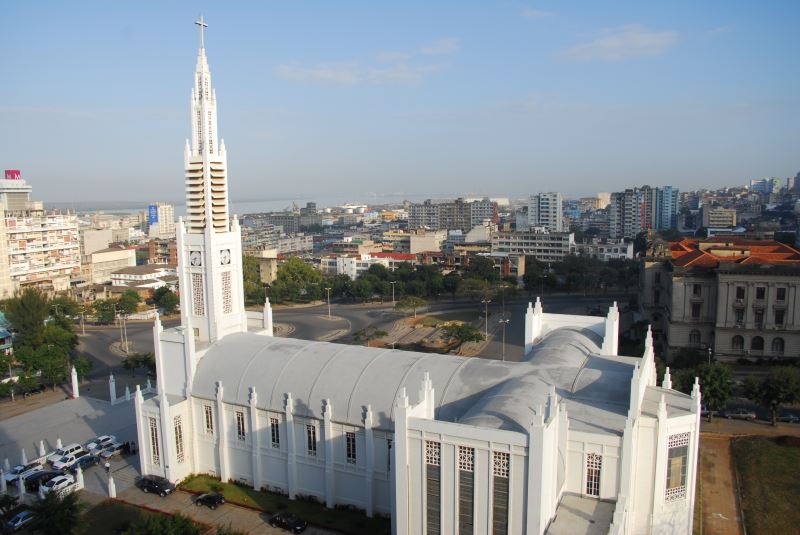
Mozambique is a country that is long and thin; from north-to-south, so domestic flights make sense from time to time. Muputo, the capital of this country, is located on the southernmost tip and has Mediterranean architecture influence. There are also distinct Portuguese influences in the food. Be prepared to go on a culinary journey, but be sure to keep a glass of water handy, as there will be plenty of Perri-Perri sauce to go round. The capital is amazing, but we suggest heading out as soon as possible, but where to you ask?
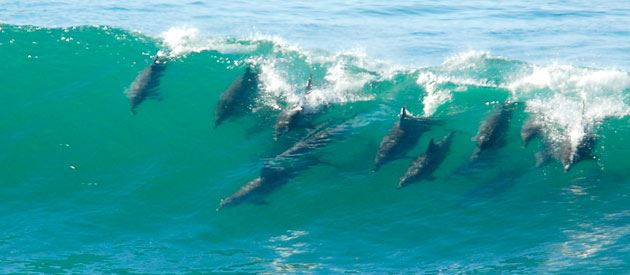
Firstly Inhica, then Ponta D’Ouro followed by Ponta Malonga. These bays are a must. Inhica is located 40km away from the city centre and is frequently visited by diving enthusiasts every year with its rich coral reefs. Ponta D’Ouro and Malongane are also shark and dolphin havens, and diving off the coral reef is like entering an underwater wonderland.
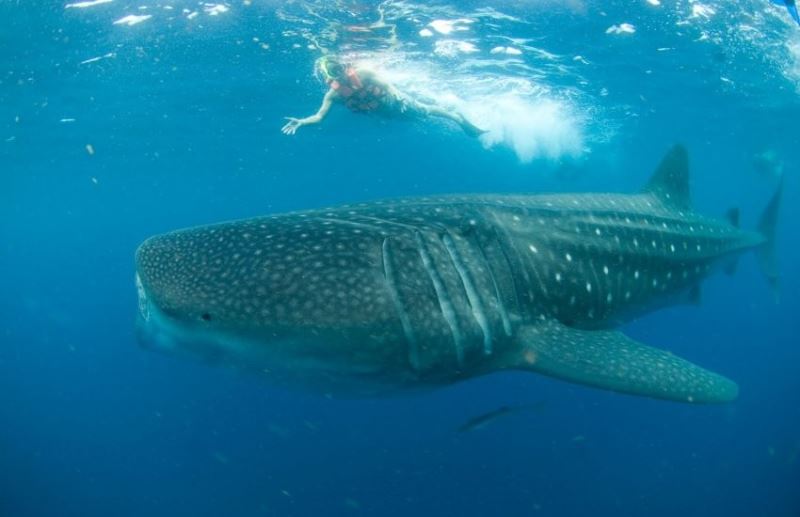
When you’ve finished diving, and done all the other activities the south has to offer, head north. The first stop is Tofo Beach. Despite the fact that it’s extremely well known as a traveller hotspot, this beach is often described as “the next Goa” (a coastal state in Western India) of Mozambique. It has nothing but a few bungalows, diving, snorkeling, swimming and relaxation. Exactly what the doctor ordered.

Vilankulos is a city considered to be out of the backpackers budget, but serves as the gateway to the Bazaruto Archipelago. Day tours to this cluster of islands are the perfect way to end off your holiday, with…? You guessed it… More diving and more relaxing.
A special mention goes out to the Mozambique Island In the far north. This small island, spanning 3km’s is among the Unesco World Heritage sites and one of the historical highlights of the country.